How can I efficiently upgrade the piping in my 1993 house without compromising the integrity of the walls and hiding fittings?
8 months ago
Last Updated: October 27, 2024
Hey, so I’ve already taken care of the hot water lines, but I still need to tackle the cold water lines in my 1993 house with polybutylene piping. The bathroom on the 2nd floor is a bit tricky to work on, but luckily it needed a renovation anyway. We ripped everything out and started running new pipes. I’m looking for some advice or feedback on what I’ve done so far. I’ve installed a 3/4 pex-B line from the basement up to the 2nd bathroom, where I plan to set up a patch panel and use a manifold to split the lines into 1/2 pex b lines. I’m trying to avoid putting hidden fittings in the wall. Right now, I’ve got the hot water lines in place, and I’m planning to tackle the cold lines in the next few days.
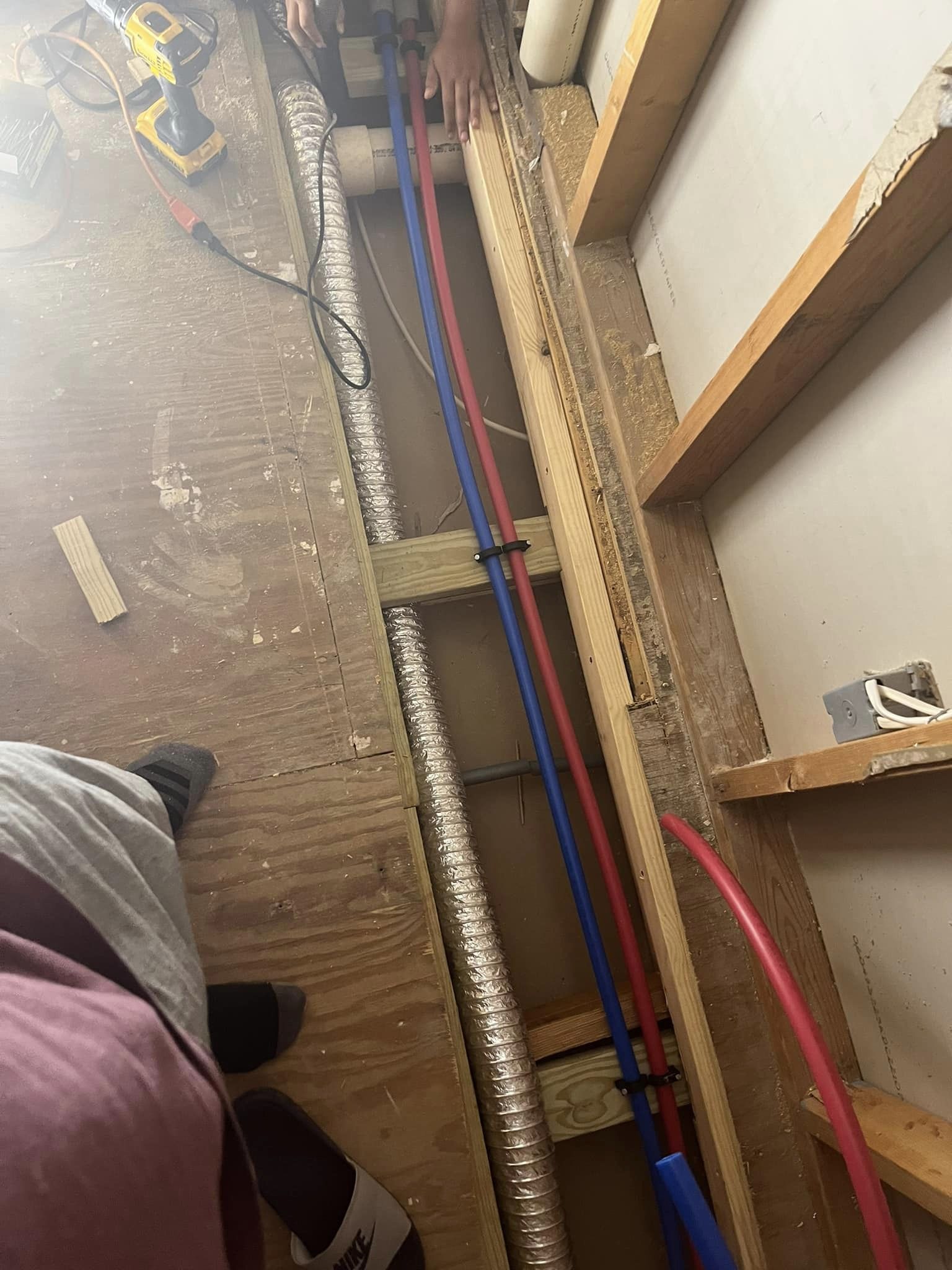
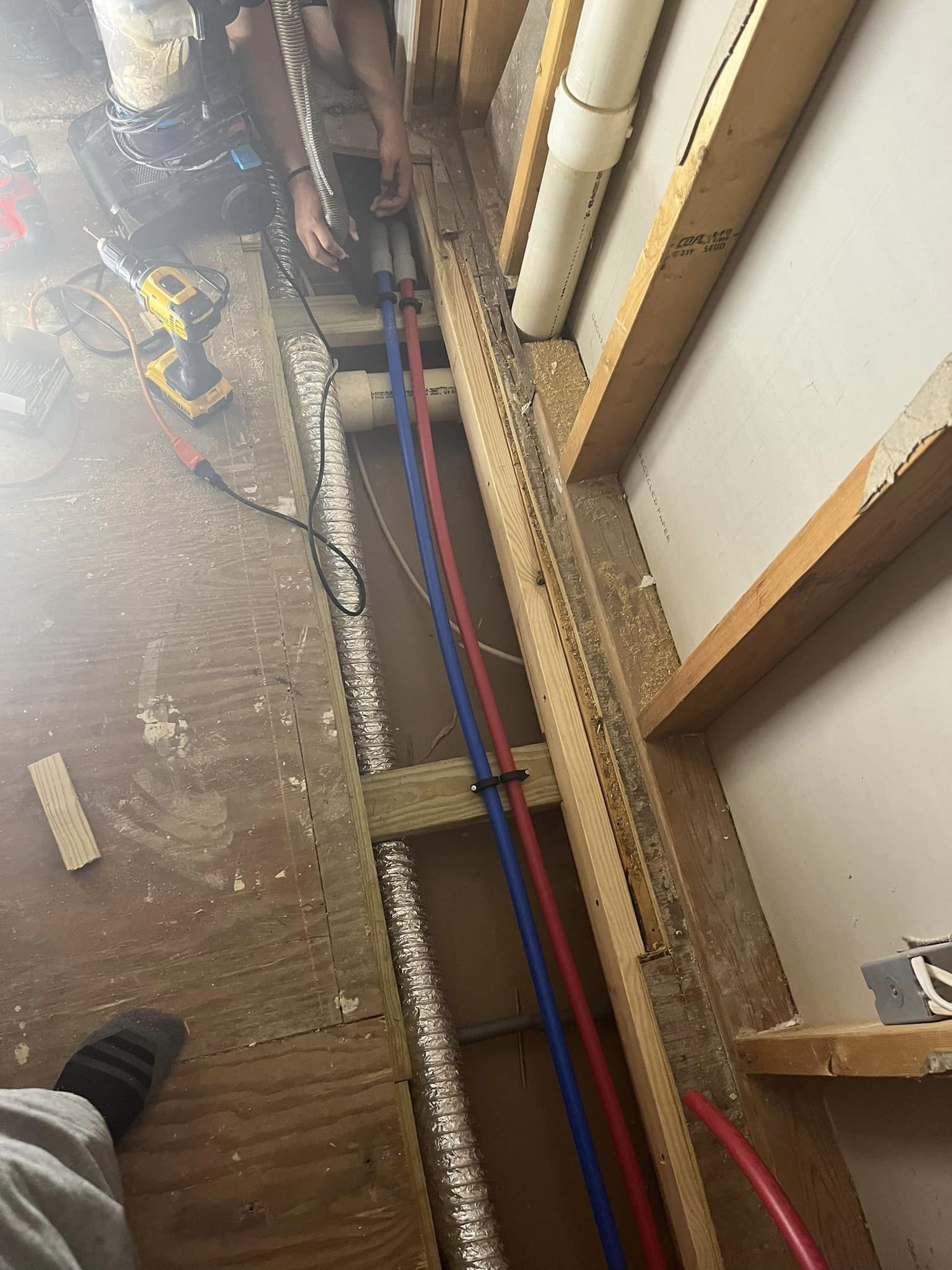
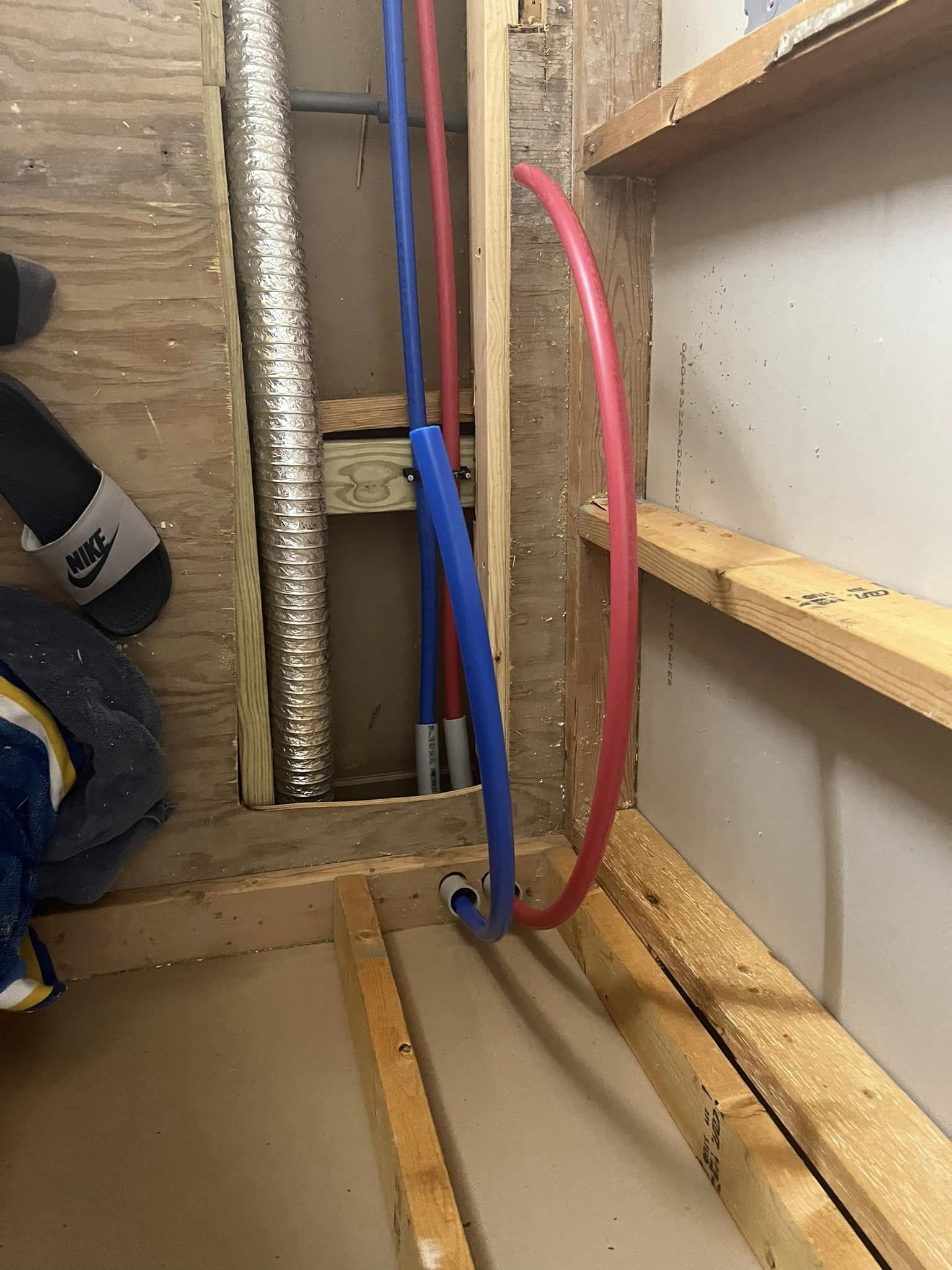
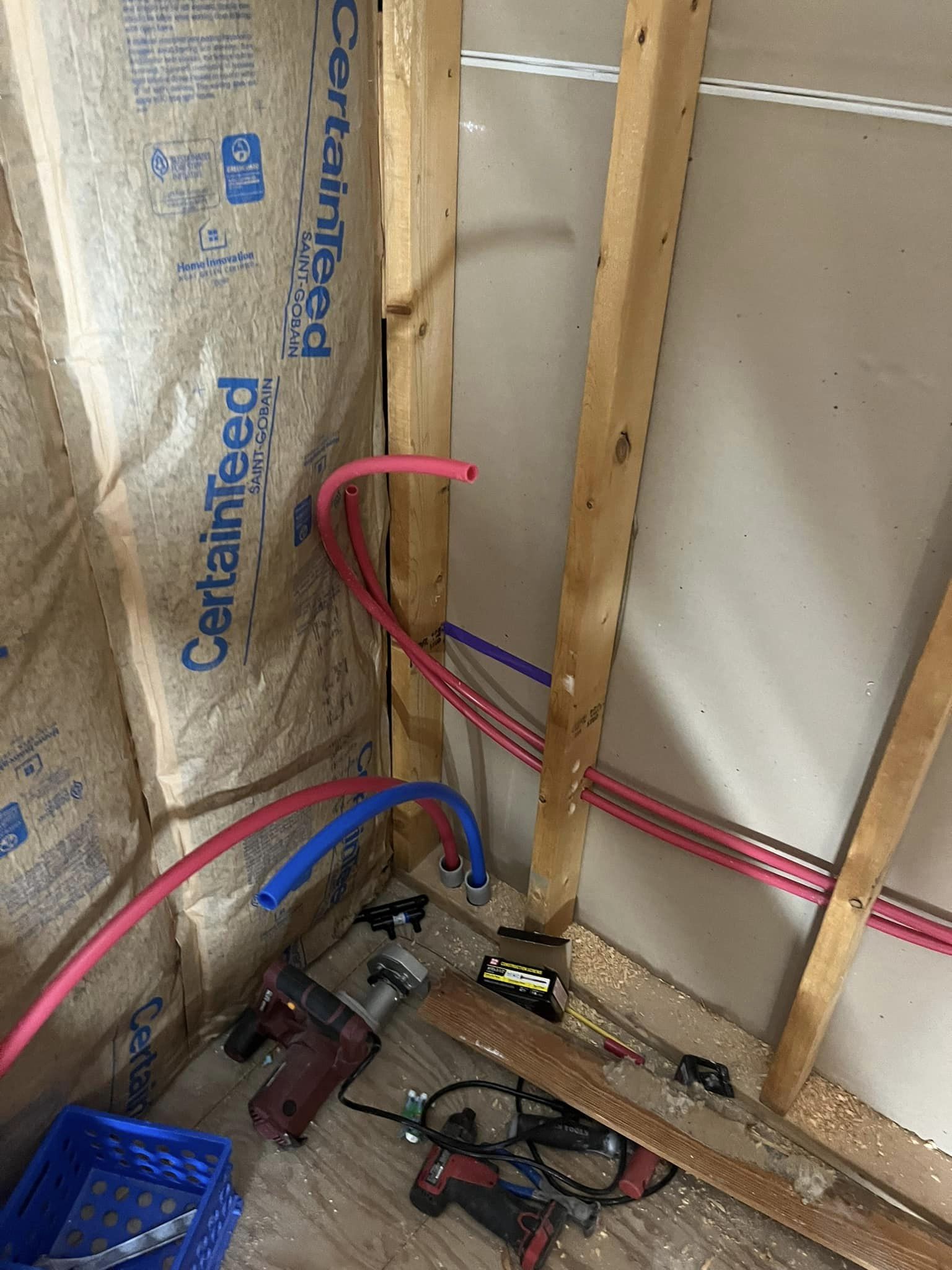
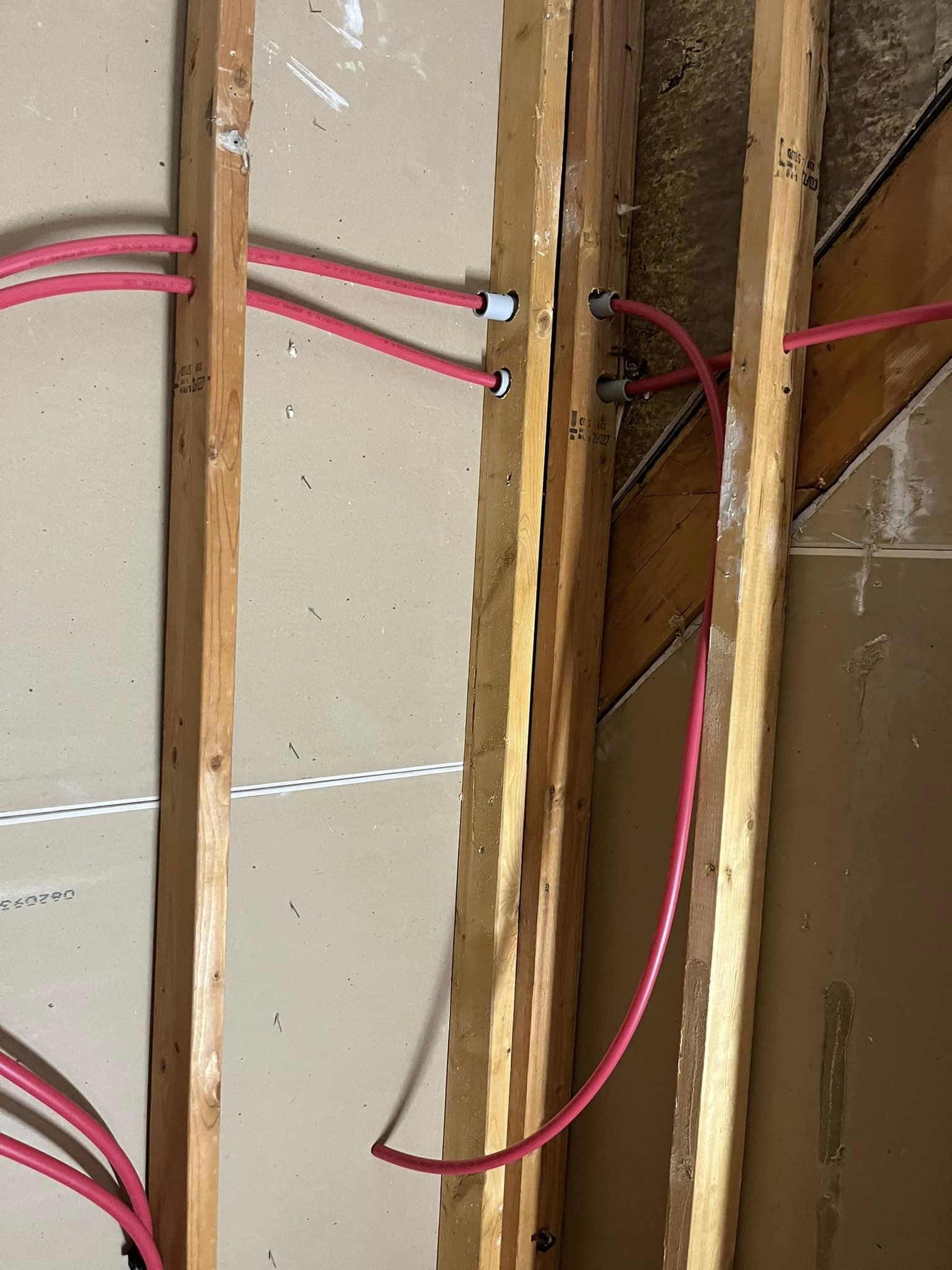
You’re definitely outperforming some of the plumbers I’ve seen working with PEX in other groups. Keep up the good work!
A plumber came by
I just can’t wrap my head around the conduit sleeves and the messy routing. If you need any assistance, feel free to reach out to me. That situation definitely needs some help.
It’s surprising how a bathroom from ’93 is already not functional. Sounds like a poor home builder. Good luck with your projects!
Hey , back in the 1990s, the focus was on constructing as much as possible with low standards in mind.
Hey , I almost bought a half-duplex from 1990 but the deal fell through because the seller’s agent was dragging their feet with the paperwork. The place needed a ton of work to bring it up to code and make sure it was water-tight. Luckily, I ended up finding an 1870 house with a bunch of DIY problems from the 80s that I did purchase instead.
Hey there , my house from ’93 definitely needs some serious remodeling done to all three bathrooms.
Things are not any better today. You wouldn’t believe some of the shoddy work that’s been done. It’s absolutely ridiculous. I visited a house where the owners hadn’t even moved in yet, and there were multiple cracks in the foundation running from one wall to the other.
It was like dealing with a whole bunch of problems at once. The shower valve was stuck, only giving scalding hot water. I felt that doing a retrofit to replace it wouldn’t be worth the money because of the polybutylene pipes, and the bathtub was incredibly small. Most of the plumbing on the upper floor had issues of some sort, and the bathroom looked very outdated. That’s why we decided to just tear it all out and start fresh.
Null
My house was built in 1873. I’m not certain when the bathrooms were added or what the spaces were used for before then. The current bathrooms are starting to show signs of wear and tear. They definitely need some attention, but I don’t have any plans to tackle that project myself. I have a lot of respect for those who do, especially when they produce quality work like in this situation.
Your work is really impressive. I totally get not wanting hard-to-reach fittings. I had one fail on me before due to dezincification, and let me tell you, it was a disaster. In my experience, 1/2″ lines are more than enough for a whole bathroom. Using a 3/4″ supply line just means waiting twice as long for hot water. If you live in a cold climate, try to avoid running water lines through exterior walls. And don’t forget to insulate those hot water lines.
The current setup seems fine, but perhaps you could remove all of that and install some type k copper piping like a pro!
What is the purpose of that flexible duct? If it’s for a clothes dryer, could you consider rerouting it to make the run shorter or replacing it with hard duct?
I believe it’s a vent for the bathroom fan. Unfortunately, there’s no other way to route it.